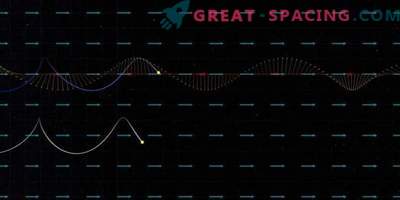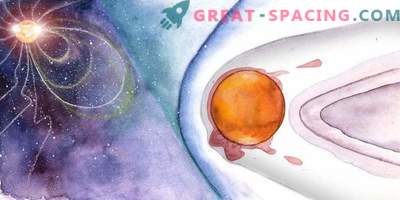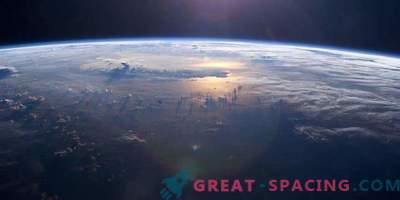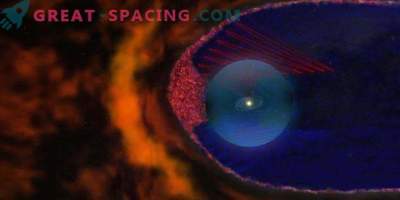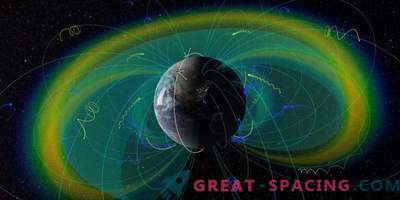
The radiation belts of Earth and Saturn are more different than previously thought. In these areas, electrons and protons rotate around the planet at high accelerations under the action of a magnetic field. In the Earth, the solar wind is responsible for the intensity of the radiation belt. But Saturn's radiation belts develop independently and are more likely to obey the lunar family of the gas giant. The findings are based on the measurement of the Cassini apparatus MIMI-LEMMS.
Solar activity is based on an 11-year cycle. Therefore, the study of the long-term influence of the stellar wind on planetary radiation belts is a long process. If the Cassini mission ended after 4 years, as originally planned, we would never be able to fix this result. Therefore, MIMI-LEMMS was able to record the distribution of charged particles during the solar cycle.
The evidence suggests that the proton radiation belts of Saturn are surprisingly gigantic and stretch into the space of 285,000 km. The main difference is that while the Earth's Moon is located outside the magnetosphere and belts, Janus, Mimas and Enceladus find themselves in the radiation belts of Saturn. They function as a boundary wall, absorbing protons. The terrestrial particles that create radiation belts have two variants of origin. Some come from the stellar wind, and others - the result of passive protons of extreme energy (galactic cosmic rays). When the latter approach the planet, they activate a whole chain of reactions, creating high-energy protons and electrons.
On Saturn everything happens differently. The first 4 years of the review showed that the solar wind can dramatically change the planetary magnetosphere. But in 2010-2012. a sharp decrease in intensity was observed. Solar storms, powerful eruptions of particles and sunlight were erased from the list of perpetrators.
Scientists suspect that the whole thing in the UV light of the Sun, able to heat the planet locally. Then turbulent winds form, transporting particles into the ionosphere. As a result, protons in the radiation belts propagate with increased efficiency. On the way, they crash into Saturn's moons and are absorbed, which reduces the intensity of the belts.



